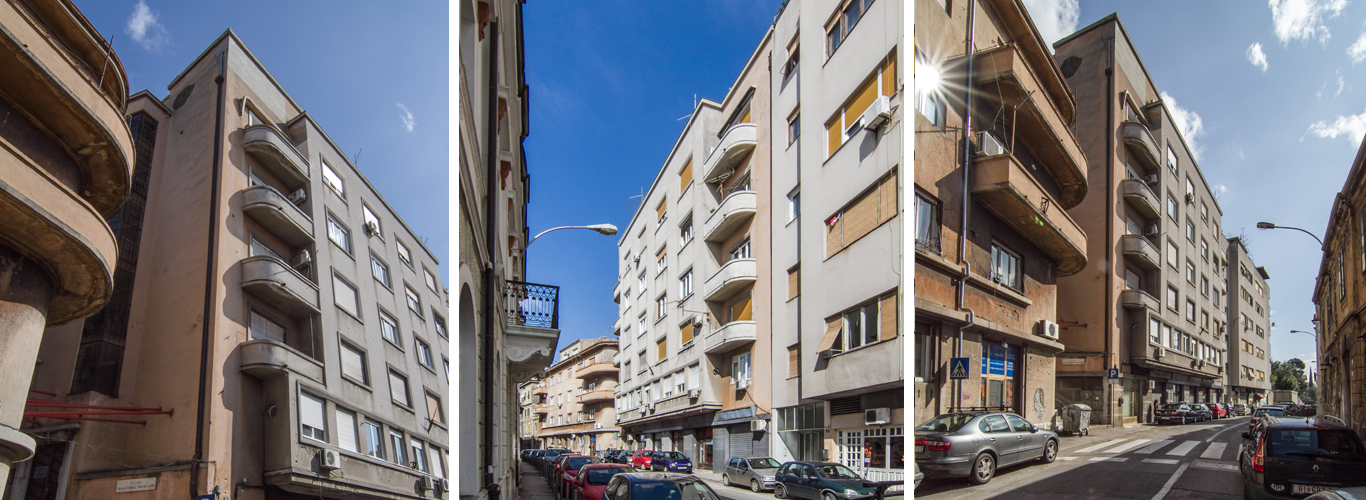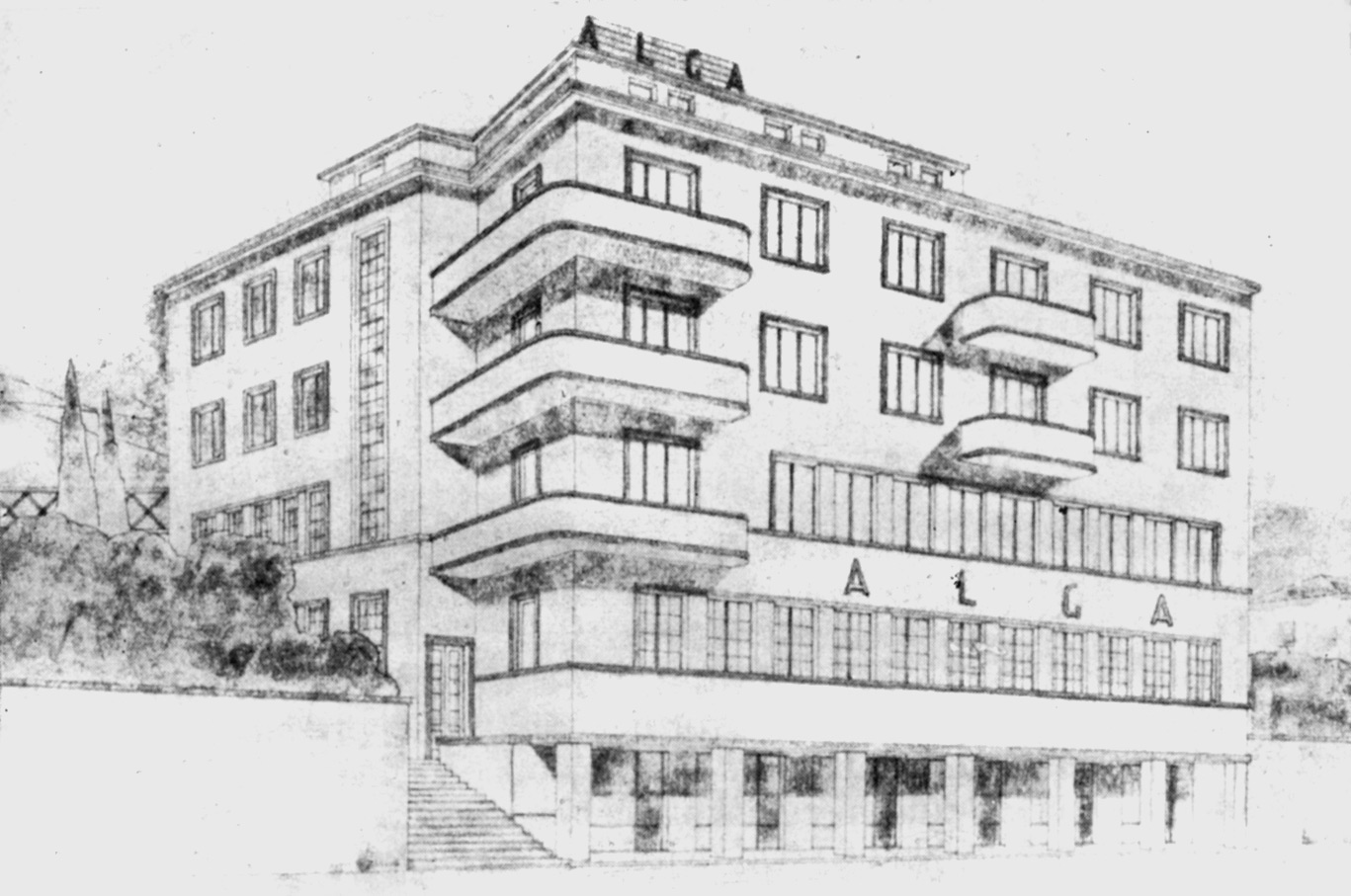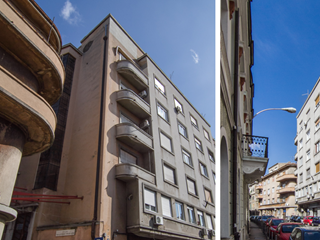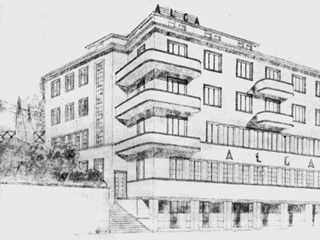Pharmaceutical and Cosmetic Laboratory Alga
address: Šetalište XIII. divizije 11Period: Modernism
Kind: Immovable material heritage
Century: 20
Year: 1926
Purpose: industrial, pharmaceutical laboratory
In 1926, the pharmacist Vladimir Kezele received the approval by the Ministry of Public Health in Belgrade to start the Pharmaceutical and Cosmetic Laboratory Alga in Ružićeva Street. The very next year, he teamed up with an equally ambitious Dinko Budak, otherwise a master in the preparation of domestic remedies, one of which was the elixir Alga. The successful operation of this pharmaceutical company culminated in the 1930s and 1940s, when its products transcended the local market and became known throughout the Kingdom of Yugoslavia. A large number of advertisements from that period that were published in daily newspapers, various periodicals, brochures and inscribed on itineraries and calendars have been preserved. Alga also issued instant educational brochures called The People's Physician and Reference Guide and Healthy Food – Long-Term Health, which, apart from advertising, also had an educational purpose. What distinguished Alga from other pharmacies was the independent production of a large portion of its products. Very well-known were its Alga product for massage, Energin for strengthening one’s blood, nerves, appetite and the whole body, the Vema cream for accelerating wound healing and the Vale platelets as a remedy for respiratory organs.
Following the increasing demand for Alga’s pharmaceutical drugs on the domestic and foreign markets, which resulted in a series of awards on health fairs in Paris, London, Brussels and elsewhere, the owners invested in the construction of a new facility to accommodate the operation and administration. This building, located at Šetalište XIII Divizije No. 11, has been preserved to this day. The blueprint of the building was made by David Bunetta in 1931, and the construction work was carried out in several stages by Boren Emili. The operating permit was issued in 1937. Considering that the building was constructed in a planned manner with a strong focus on the needs of the laboratory and the administration, it is not surprising that the project was a success and produced a design completely subordinate to the facility’s functionality.
The operation of Alga can be traced back to the end of the Second World War, after which it was liquidated and some of its pharmaceutical assortment was inherited by the companies Pliva and Neva.
Valorization:
The building of the former Alga has been preserved in its original form. It contains residential and office spaces.
Bibliography:
Almanah grada Sušaka, 1931., 1934., 1938.
Trkulja, Milica, Reklama u Rijeci 1890–1940, Muzej grada Rijeke, 2008., str. 39.
Trkulja, Milica, Riječka luka – povijest, izgradnja, promet, Sušačka revija, godina IX., br. 33, Klub Sušačana, Rijeka 2001.
Trkulja, Milica, Rijeka – središte manufakturne proizvodnje, u: Temelji moderne Rijeke, Muzej grada Rijeke, Rijeka, 2006.






